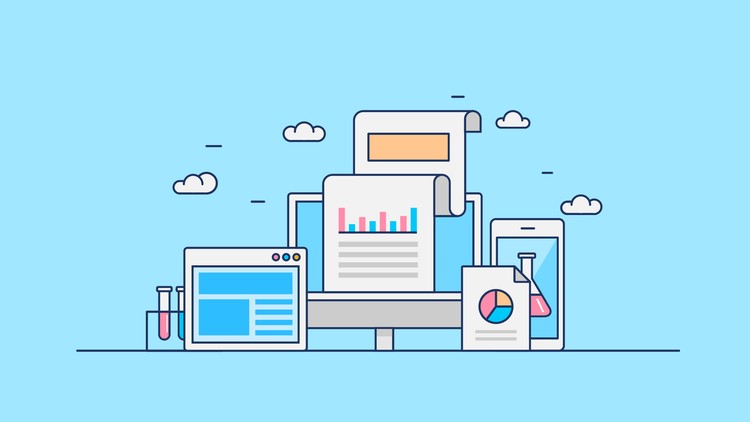Course overview
- Provider
- Udemy
- Course type
- Paid course
- Level
- Beginner
- Duration
- 6 hours
- Lessons
- 63 lessons
- Certificate
- Available on completion
- Course author
- Packt Publishing
-
- Get to grips with the basic data structures in Julia and learn about different development environments
- Organize your code by writing Lisp-style macros and using modules
- Manage, analyze, and work in depth with statistical datasets using the powerful DataFrames package
- Perform statistical computations on data from different sources and visualize those using plotting packages
- Apply different algorithms from decision trees and other packages to extract meaningful information from the Iris dataset
- Gain some valuable insights into interfacing Julia with an R application
- Uncover the concepts of metaprogramming in Julia
- Conduct statistical analysis with StatsBase.jl and Distributions.jl
Description
Almost all companies these days are investing thousands of dollars in data analysis to get their data analyzed. Well, in fact studies say that there are around 73% of organizations have invested in Big Data. Why do you think that is the case? What can you reap of the data, ideally just 1s and 0s? Moreover, how does this data help an organization’s future?
Most of you might have guessed it right; the market trends, the consumer habits can all be precisely predicted, if we are able to analyze our data efficiently. This Learning Path will tell you how you can achieve all this by using Julia.
Packt’s Video Learning Paths are an amalgamation of multiple video courses that are logically tied together to provide you with a larger learning curve.
With the amount of data that is generated in the world these days, we are faced with the challenge of analyzing this data. Julia, which enjoys the benefits of a sophisticated compiler, parallel execution, and an all-encompassing mathematical function library, acts as a very good tool that helps us work with data more efficiently.
In this Learning Path, embark on your journey from the basics of Julia, right from installing it on your system and setting up the environment. You will then be introduced to the basic machine learning techniques, data science models, and concepts of parallel computing.
After completing this Learning Path, you will have acquired all the skills that will help you work with data effectively.
About the Authors
Ivo Balbaert is currently a web programming and databases lecturer at CVO Antwerpen, a community college in Belgium. He received a PhD in applied physics in 1986 from the University of Antwerp. He worked for 20 years in the software industry as a developer and consultant in several companies, and, for 10 years, as a project manager at the University Hospital of Antwerp. In 2000, he switched over to partly teach and partly develop software (KHM Mechelen, CVO Antwerp).
Jalem Raj Rohit is an IIT Jodhpur graduate with a keen interest in machine learning, data science, data analysis, computational statistics, and natural language processing (NLP). Rohit currently works as a senior data scientist at Zomato, also having worked as the first data scientist at Kayako.He is part of the Julia project, where he develops data science models and contributes to the codebase. Additionally, Raj is also a Mozilla contributor and volunteer, and has interned at Scimergent Analytics.
Similar courses

-
30 hours
-
488 lessonsCertificate

-
21 hours
-
218 lessonsCertificate


